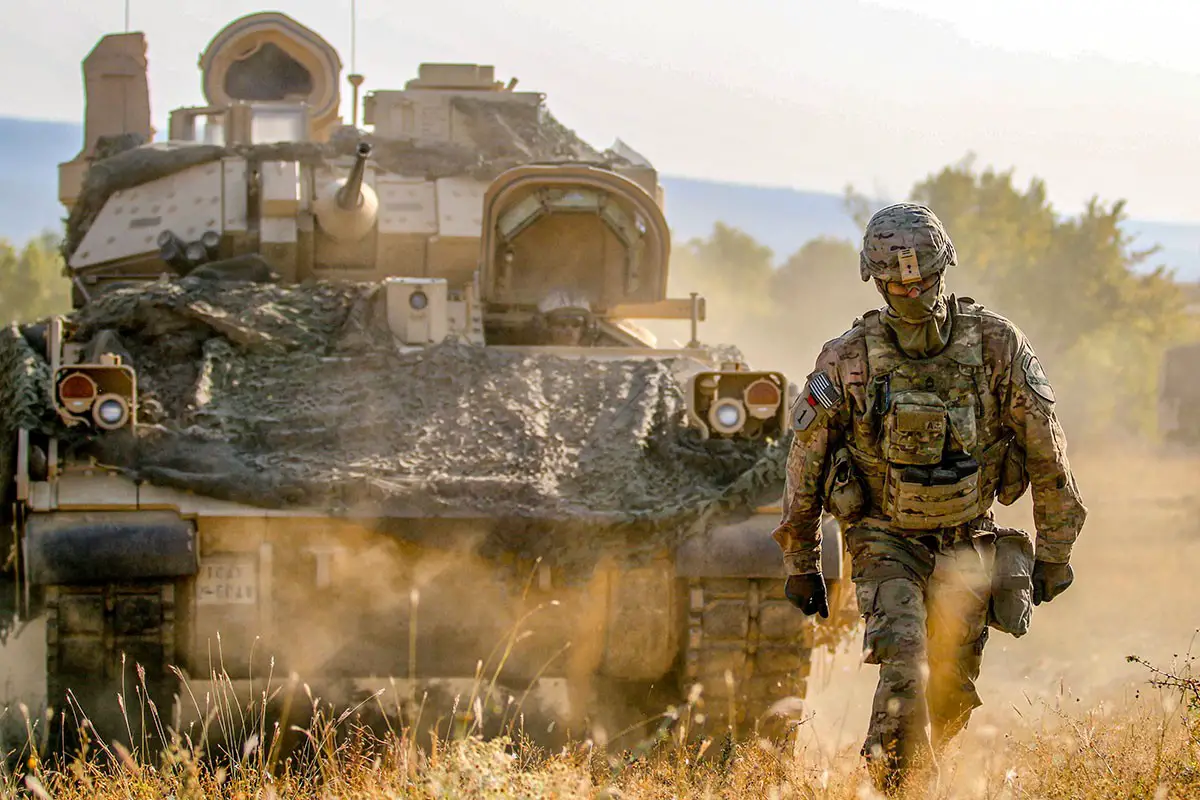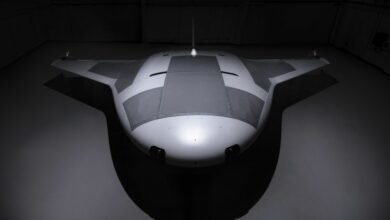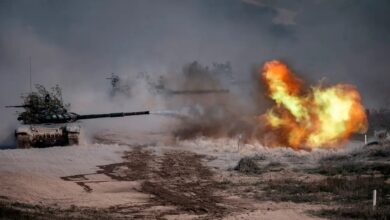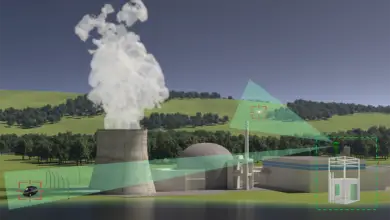The US Army on Friday released its request for proposals to develop an Optionally Manned Fighting Vehicle (OMFV), a potentially unmanned ground combat vehicle to hopefully replace the Bradley Fighting Vehicle.
This new “drone tank” will have the option of being remotely operated, in this way comparable to aerial combat drones under deployment by the US military for the last 20 years.
Friday’s request sets a deadline of April 18 next year for the submission of defense contractor’s proposals.
With a list of general requirements for the new vehicle, the army is relying on industry partners to design next-generation solutions for the challenges of the 21st-century battlefield.
Brig. Gen. Glenn Dean, US Army program executive officer for ground combat systems explained, “During the concept design phase, innovative thinking from industry remains key. We are looking forward to receiving proposals from industry that demonstrate the realm of the possible as we continue to develop this truly transformational vehicle for our soldiers.”
‘Next-Gen’ Vehicle Requirements and Development Process
With the expectation of the combat vehicle’s ability to be operated remotely, an essential expectation will be the platform’s toughness in combat and its ability to keep soldiers inside safe from harm.
Additional characteristics expected by the Pentagon include the platform’s weight, mobility, lethality, transportability, and ability to be updated with new software in the approved design.
Hoping to field the new OMFV by 2028, this concept design proposal request is the latest phase in an ongoing process to replace the M-2 Bradley Infantry Fighting Vehicle. The Bradley has been in service since 1981 for infantry transport and fire support and is widely seen as having reached the limits of its technological capability.
The process began in June 2018 with the army’s “new modernization strategy,” which was formulated in response to congressional concerns about American combat technological capability. Its so-called Next Generation Combat Vehicle was an integral part of the strategy, of which the OMFV is the most recent incarnation.











